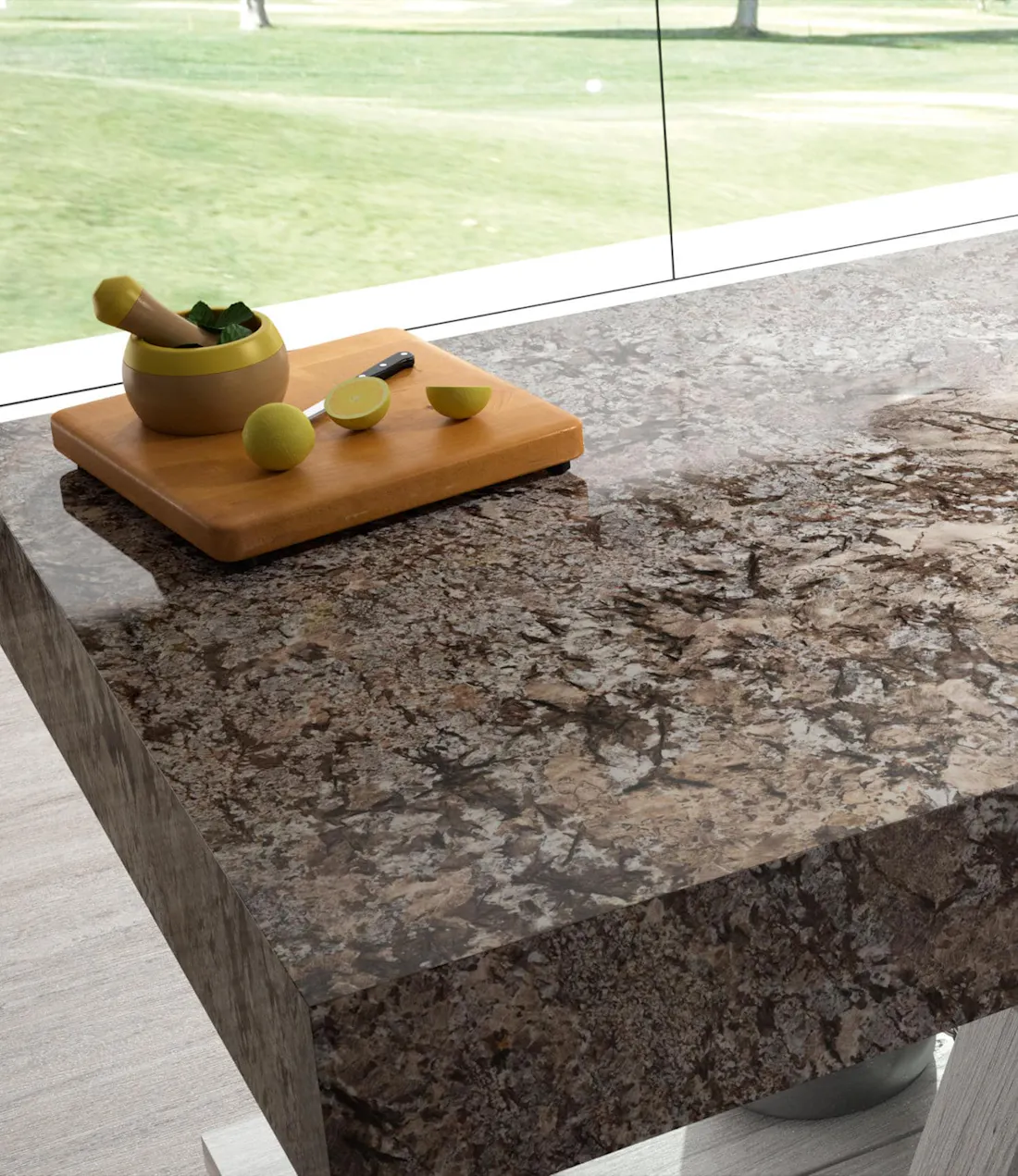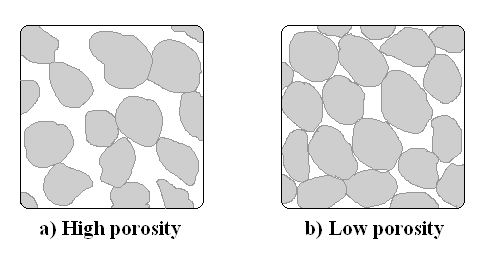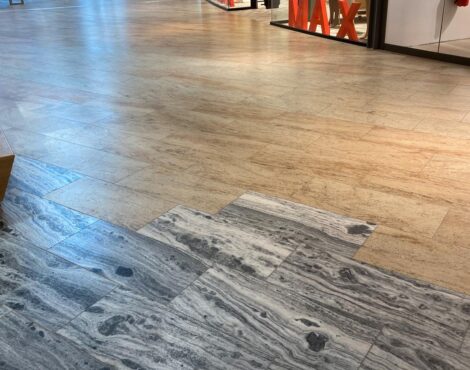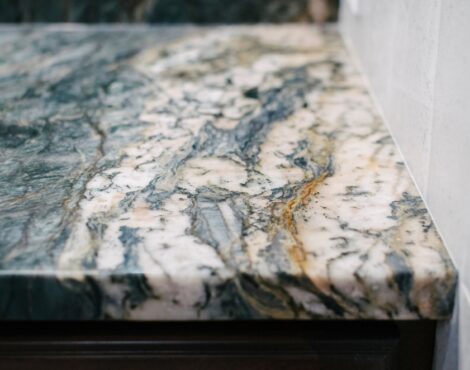Granite is renowned for its beauty and durability, but did you know that its density plays a crucial role in its performance? In this exploration, we’ll uncover the importance of granite density. Join us as we reveal how this often-overlooked characteristic influences everything from structural integrity to design aesthetics, shedding light on the hidden dimension of this magnificent natural stone.

What is Density?
Let us first of all understand, what is density.
Density is a fundamental physical property that describes how much mass is contained within a certain volume of a substance. Essentially, it quantifies how tightly the particles of a material are packed together.
Mathematically, density (ρ) is calculated by dividing the mass (m) of an object or substance by its volume (V):
Density = m/V
, with all measurements standardized to the same unit, whether it be inches or centimeters
For accurate results, repeat the process with multiple samples from different parts of the granite source and take the average density.
For example, imagine a cube of granite. If you know the mass of the granite cube and measure its volume, you can calculate its density using this formula.

-
Mineral Composition
The types and proportions of minerals present in the granite can affect its density. Minerals with higher densities, such as quartz and feldspar, contribute to a higher overall density of the granite.
-
Porosity
The amount of porosity or open space within the granite can impact its density. Higher porosity typically results in lower density, as there is less solid material present in a given volume.
ALSO READ | Is Granite Porous? or Non-porous or How Porous Is it?
-
Geological Processes
The geological processes involved in the formation of granite, such as pressure and temperature changes over time, can influence its density. Since granite forms under high-pressure natural conditions, it typically boasts a higher density compared to manufactured materials or those with unnatural density variations.
Frequently Asked Questions (FAQs) About Granite Density
What is the Average Density of Granite?
The density of granite ranges from 2.65 to 2.75 grammes per cubic centimetre (165 to 172 pounds per cubic foot) on average.
How Do I Find Out The Density Of A Granite Slab Or Tile?
1. Gather Materials: Prepare a scale (measuring in grams), a ruler or measuring tape, and a calculator.
2. Measure Dimensions: Determine the length, width, and thickness of the granite slab or tile, all in the same unit (inches or centimetres).
3. Calculate Volume: Multiply the length, width, and thickness measurements to find the volume in cubic inches or cubic centimetres.
4. Weigh the Granite: Utilize the scale to measure the weight of the granite slab or tile in grams.
5. Compute Density: Divide the weight by the volume to ascertain the density in grams per cubic inch or cubic centimetre.
Example: A granite slab weighing 4000 grams with dimensions 12″ x 6″ x 0.75″ has a density of approximately 74.07 grams per cubic inch.
Ensure consistent units for precise results.How Does Density Affect The Cost Of Granite?
Density affects granite’s cost as denser varieties are often more durable and desirable for high-traffic areas, leading to higher prices. Additionally, higher-density granite is heavier, increasing quarrying and transportation expenses, which are passed on to consumers. However, other factors like rarity and aesthetics also influence the final cost.
What Are The Implications Of Granite Density In Architectural Design?
Granite density plays a crucial role in architectural design. Higher-density granite is stronger and more durable, making it perfect for structural elements like columns and facades. It allows for creative designs while ensuring longevity. Lower-density materials are better suited for decorative purposes or where weight is a concern. Understanding granite density helps architects choose the right material for their projects, balancing strength, aesthetics, and practicality.
How Can Consumers Use Knowledge Of Granite Density To Make Informed Decisions?
Consumers can use knowledge of granite density to compare it with other materials of lower density when making informed decisions. Understanding the density of granite allows consumers to assess its strength and durability compared to alternatives. For example, when choosing between granite and a lower-density material like marble or quartz, consumers can consider factors such as scratch resistance, heat resistance, and overall durability. Additionally, knowledge of density helps consumers evaluate the cost-effectiveness of different materials, as higher-density granite may require less frequent replacements and maintenance over time. By comparing granite density with other materials, consumers can weigh the trade-offs between durability, aesthetics, and cost to select the most suitable option for their needs.
Does Higher Density Imply Greater Strength In Granite?
While there’s generally a positive correlation between density and strength in materials like granite, it’s important to approach this relationship with nuance. Higher-density granite generally tends to be stronger, but other factors like mineral composition and porosity also play significant roles. Therefore, while density can provide valuable insights into a material’s strength, it’s essential to consider a range of factors for a comprehensive understanding.
What Is The Density Of Granite Per Square Foot?
Based on the average density of granite.
For 2 centimetres (cm) Thickness: 5.90 kilograms per square foot
For 3 centimetres (cm) Thickness: 8.16 to 9.07 kilograms per square foot
For 5 centimetres (cm) Thickness: 13.61 kilograms per square foot





